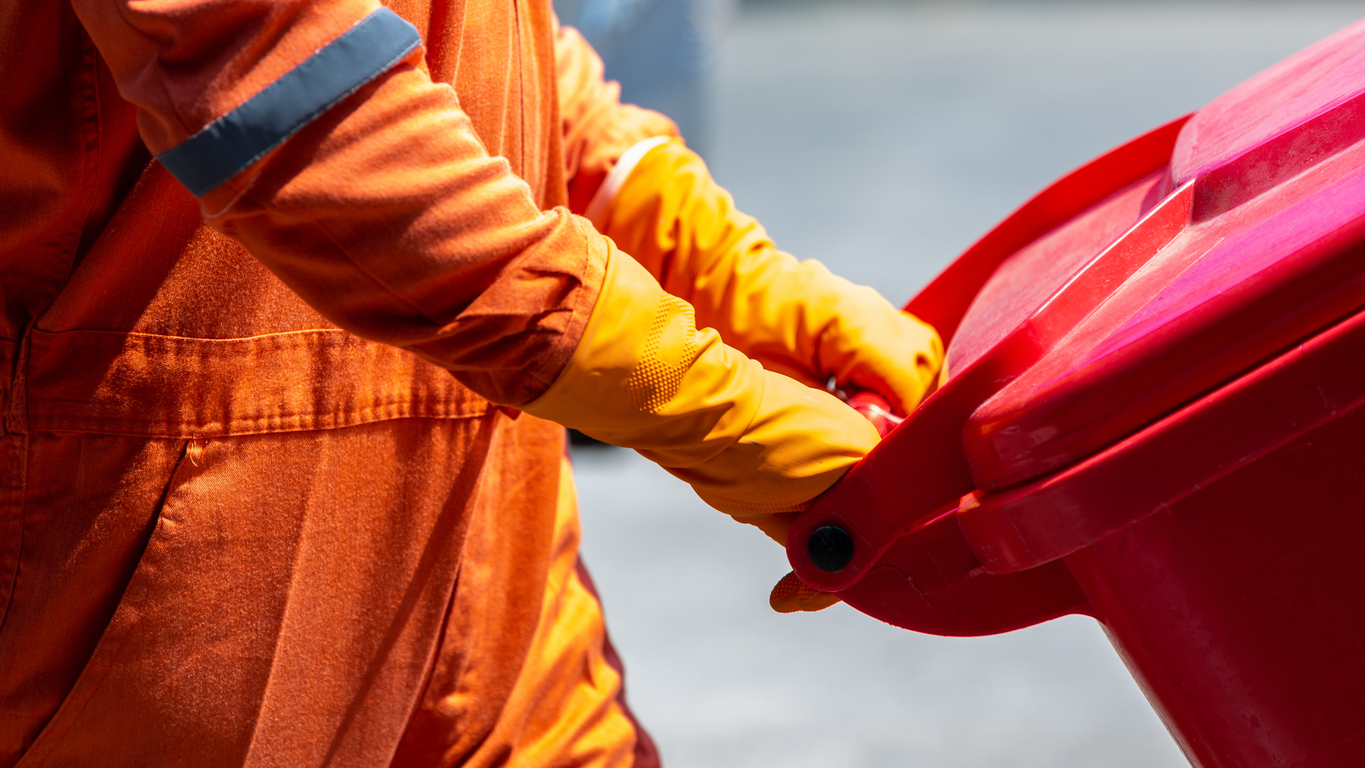In the healthcare sector, logistics is often viewed through the lens of patient care—how to get medicines, supplies, and equipment to the right place at the right time. But there’s another side of logistics that’s just as vital: the collection and transportation of biomedical waste. While it may not be glamorous, managing this process efficiently and safely is essential to maintaining public health, protecting the environment, and ensuring compliance with regulatory standards.
Understanding the Stakes
Biomedical waste includes everything from used syringes and surgical gloves to pathological waste and contaminated materials. If not managed properly, these materials can pose serious health risks to healthcare workers, patients, waste handlers, and the general public. That’s why logistics for biomedical waste collection and transportation need to be as tightly controlled as any other part of the healthcare supply chain.
Proper logistics help prevent the spread of infection, minimize environmental contamination, and reduce legal liabilities for hospitals and waste management companies. However, coordinating timely pickups, managing hazardous materials, and navigating compliance requirements is no small feat.
Key Elements of Biomedical Waste Logistics
At the heart of effective biomedical waste logistics is a well-organized system that integrates collection, transportation, and handoff for treatment or disposal. Let’s break down the essential components:
1. Scheduled Collection
Healthcare facilities generate waste daily, so waste collection must be frequent and consistent. The timing varies depending on the size of the facility and the type of waste produced. For example, large hospitals may require daily pickups, while smaller clinics may need service just a few times a week.
To streamline this, logistics managers often create fixed collection schedules and build flexibility into routes to accommodate emergency pickups. Consistency not only ensures safety but also makes operations more predictable and cost-effective.
2. Proper Packaging and Labeling
Before waste leaves the facility, it must be properly segregated, packaged, and labeled. Color-coded bags and containers are used to separate different types of biomedical waste—such as sharps, infectious waste, and chemical waste. Each container should be sealed securely and labeled with details like the waste type, source, and handling instructions.
This step is crucial. Improper packaging can lead to spills, exposure, or rejection by treatment facilities. Training healthcare workers and janitorial staff in correct packaging protocols is a simple but powerful way to improve safety and efficiency.
3. Specialized Transportation Vehicles
Transporting biomedical waste isn’t as simple as loading a van and hitting the road. Vehicles used for this purpose must be specially designed to handle hazardous materials. They need sealed compartments, easy-to-clean interiors, and in some cases, refrigeration or temperature control.
Drivers also need proper training in handling and emergency response. This ensures that if an accident or spill occurs en route, they know exactly how to contain the situation and minimize harm.
4. Tracking and Documentation
One of the biggest regulatory requirements in biomedical waste disposal is documentation. Every step of the waste’s journey—from the moment it leaves the facility to its arrival at the treatment or disposal site—needs to be tracked. This often includes waste manifests, GPS route tracking, and digital signatures upon pickup and drop-off.
Technology can be a game-changer here. Waste management companies are increasingly using mobile apps and cloud-based systems to automate tracking and reporting. This not only reduces paperwork but also ensures accuracy and helps with audits.
The Role of Coordination and Communication
Good logistics isn’t just about trucks and timetables—it’s about communication. Coordination between the healthcare facility, the waste collection team, and the disposal site is essential. Any breakdown of communication can result in delayed pickups, overflow, safety risks, or non-compliance with regulations.
Frequent check-ins, digital reminders, and shared scheduling tools can keep everyone aligned. Logistics managers who build strong relationships with facility contacts and drivers are often the most successful.
Final Thoughts
Managing logistics for biomedical waste collection and transportation is a complex operation that requires careful planning, specialized equipment, and clear communication. When done right, it protects people, complies with regulations, and supports the larger goal of responsible biomedical waste disposal.
In a world where safety and sustainability are top priorities, effective biomedical waste logistics isn’t just a behind-the-scenes function—it’s a critical part of healthcare’s responsibility to the public and the planet.









